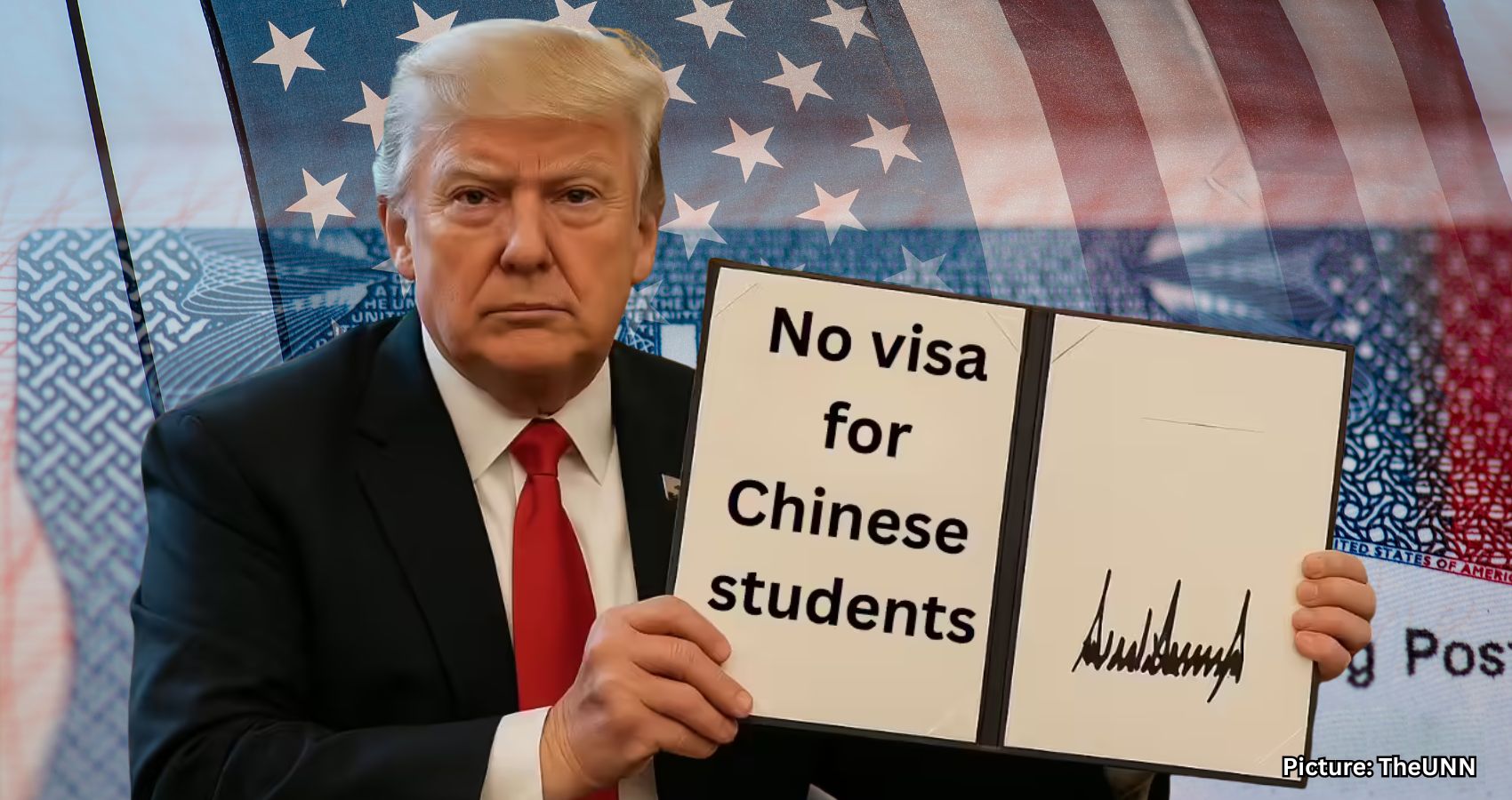International students are facing considerable delays in securing U.S. visas, a situation that risks disrupting college budgets nationwide as the Trump administration takes a hardline stance on immigration.
As the start of the academic year approaches, universities across the United States are dealing with the fallout of significant delays in student visa processing. The Trump administration’s recent immigration policies have added to the challenges, leaving many international students in limbo and potentially impacting university finances due to diminished enrollments.
Arizona State University, one of the many institutions bearing the brunt of visa delays, revealed that around 1,000 incoming international students still need their visas. The resulting budgetary impact could amount to “tens of millions of dollars,” according to the university’s president. Similarly, Furman University in South Carolina is already bracing for lower enrollment numbers this fall due to the situation abroad, prompting contingency plans like offering students the chance to start their studies in locations such as London.
The interplay of President Donald Trump’s immigration policies and higher education strategies has elevated concerns among both private and public colleges, which warn that such measures could dampen international student enrollment. This potential decrease in students poses a substantial financial threat to institutions, as international students typically pay full tuition.
Cornell University’s Vice Provost for International Affairs, Wendy Wolford, voiced concerns about international students struggling to procure visas promptly. Approximately a quarter of Cornell’s student body comprises international students, making the issue particularly pressing for the institution.
Preliminary forecasts by NAFSA: Association of International Educators and JB International estimate a 30% drop in first-time foreign student enrollment on U.S. campuses this fall. This decline could spell a loss of approximately $2.6 billion in tuition revenue across the country, according to Shorelight, an international education organization.
The situation has visibly affected visa issuance in key markets such as India, where a notable drop in the number of student visas issued has been observed. A significant disparity exists, with Chinese students receiving visas at a rate seven times higher than their Indian counterparts, as noted by an official at a prominent private university.
Families like one from New Delhi, whose daughter plans to study in the U.S., have found themselves caught in the bureaucratic snarl. The student had initially secured a visa appointment before the temporary pause on interviews, yet she was still denied a visa under section 214(b), which questions the applicant’s intent to return to their home country. As securing another visa appointment proved futile, the family has considered alternative arrangements, such as enrolling at the University of Edinburgh instead.
A State Department spokesperson acknowledged the dynamic nature of visa interview scheduling, mentioning that expedited appointments are assessed individually. However, the delays have emerged as more disruptive than the pandemic itself, as per Arizona State University President Michael Crow. The institution estimates that one-third of its incoming international students have yet to receive their visas.
An admissions official at a small private college echoed this sentiment, noting the unprecedented number of international students without visas this year. Typically, only a few students would be in this predicament, but currently, around 10 are still waiting for visas, a significant figure for a college with less than 100 international students annually.
Furman University also forecasts a decrease in new student enrollments this fall semester, with a notable reason being a drop in international student numbers caused by persistent issues with the U.S. visa process, as noted in their bond documents. Their expected freshmen count for the new academic year stands at 562, a decrease from 613 the previous year.
The pause in visa interviews, announced in late May by the Trump administration, came shortly after most colleges’ enrollment deadlines. Although interviews resumed in mid-June, the process remains painstakingly slow, according to Tom Dretler, CEO of Shorelight, with resumption occurring variably by country, city, and consulate.
The visa backlog has prompted questions from members of Congress, particularly regarding Indian students, a significant international student demographic for the U.S. The U.S. embassy in India has indicated that new appointments for student or exchange visitor visas will be severely limited for the foreseeable future.
In Gurgaon, Adarsh Khandelwal, co-founder of Collegify, a college counseling firm, has observed virtually no visa appointments opening for his clients this year. This has compelled about 60% of his students, who had planned to start their studies in the U.S. this fall, to turn to alternative options or defer their plans.
As universities work to mitigate the impact, some are formulating backup plans. The University of Arizona is testing a London site for students unable to travel to the U.S., while Northeastern University is exploring remote learning opportunities or possible enrollment at its overseas campuses. The University of Toronto’s Munk School is also an option for Harvard Kennedy School graduates encountering visa hurdles.
The issue may extend beyond this fall, affecting future enrollment and colors how international students perceive studying in the U.S., as noted by Daniel Santos from Prepory—a college admissions service. The confidence in U.S. higher education systems seems to be waning among prospective international students.
Source: Original article

